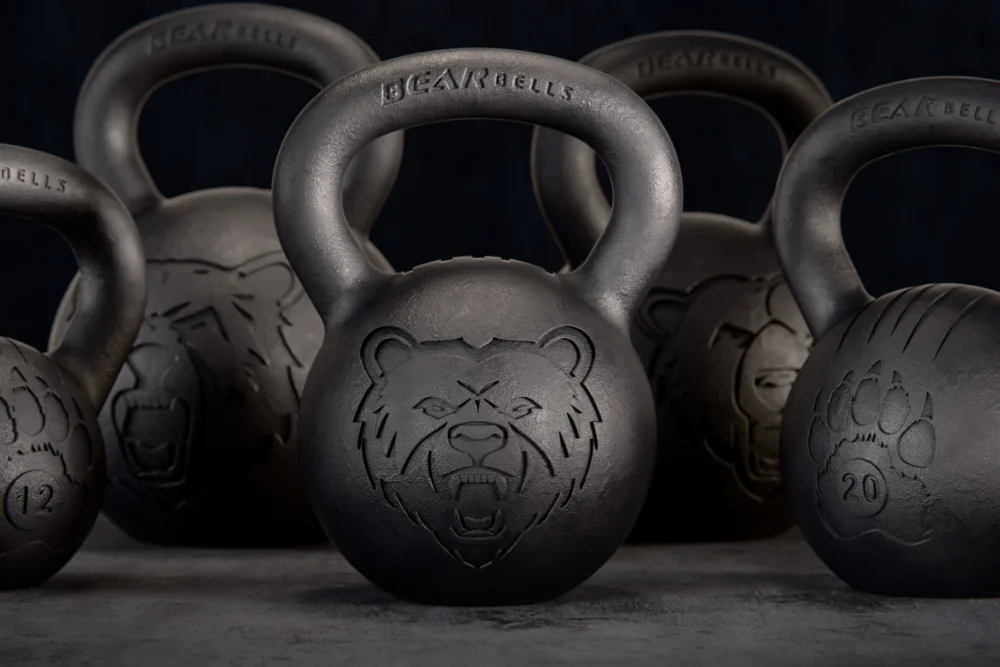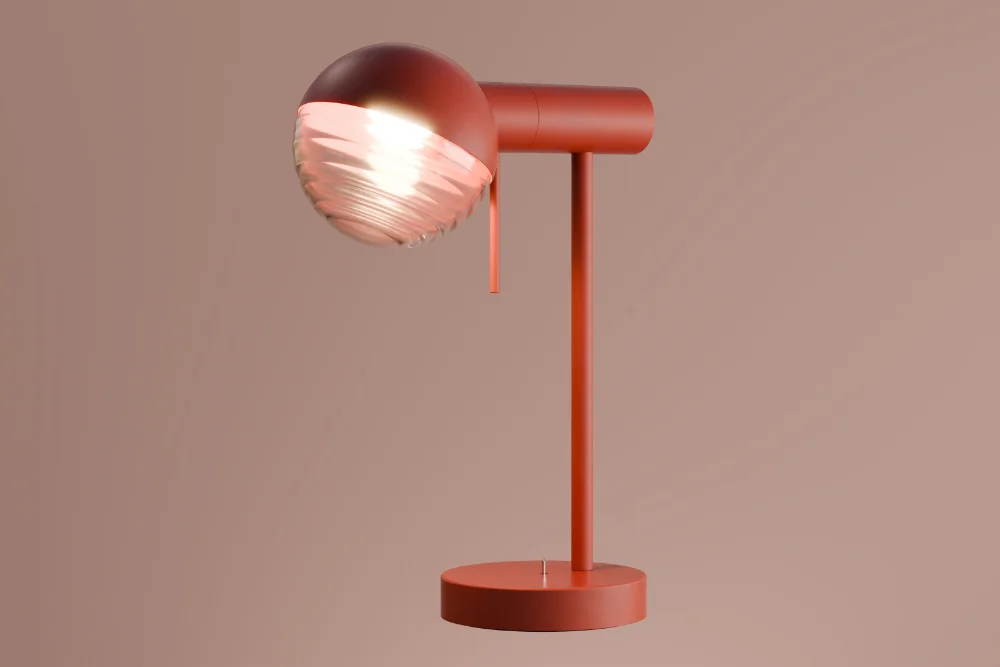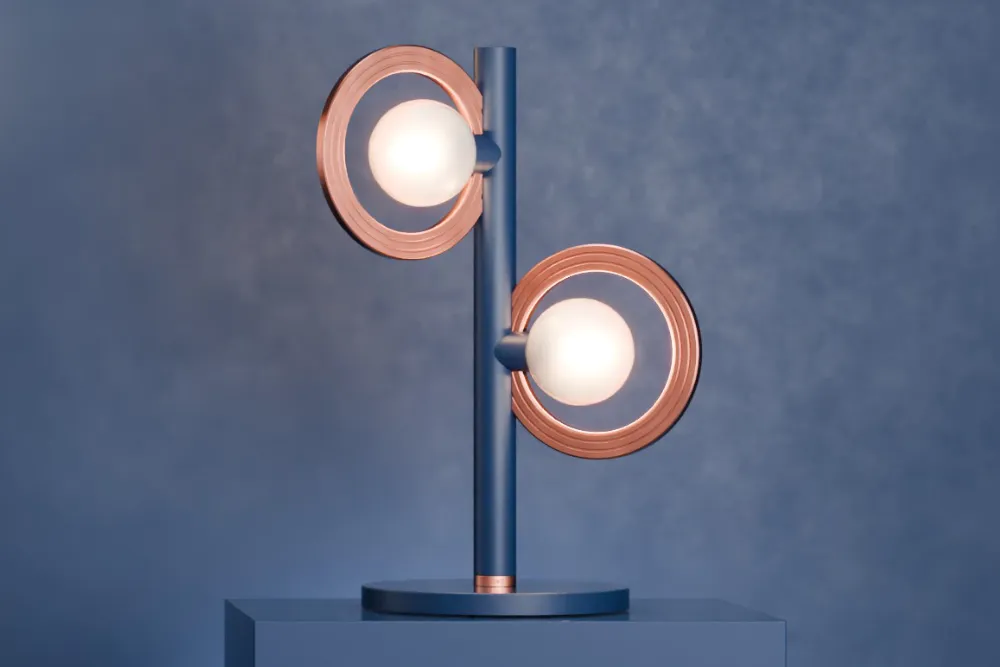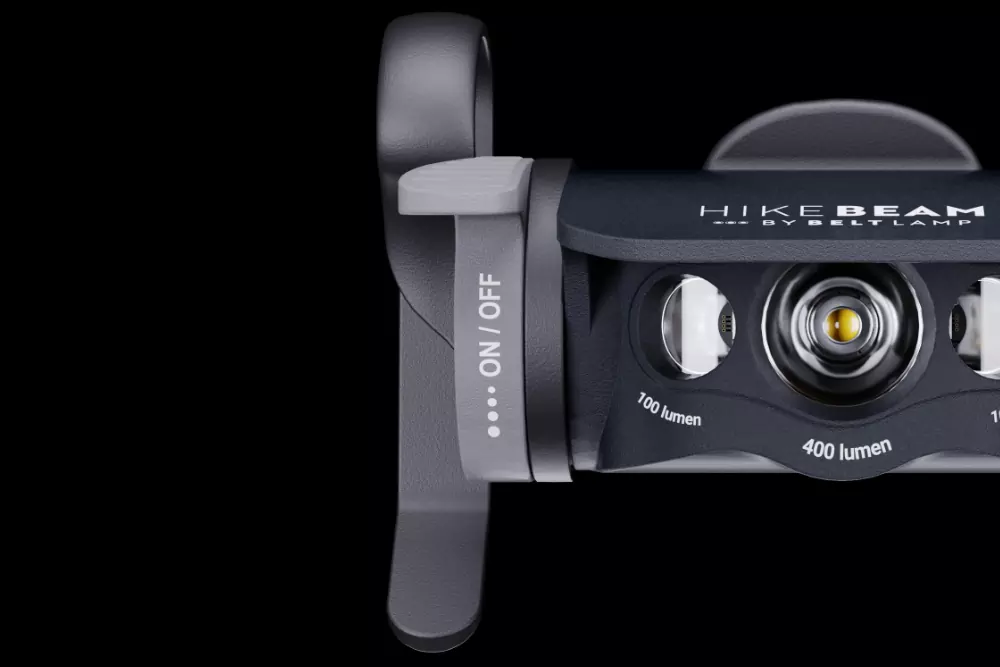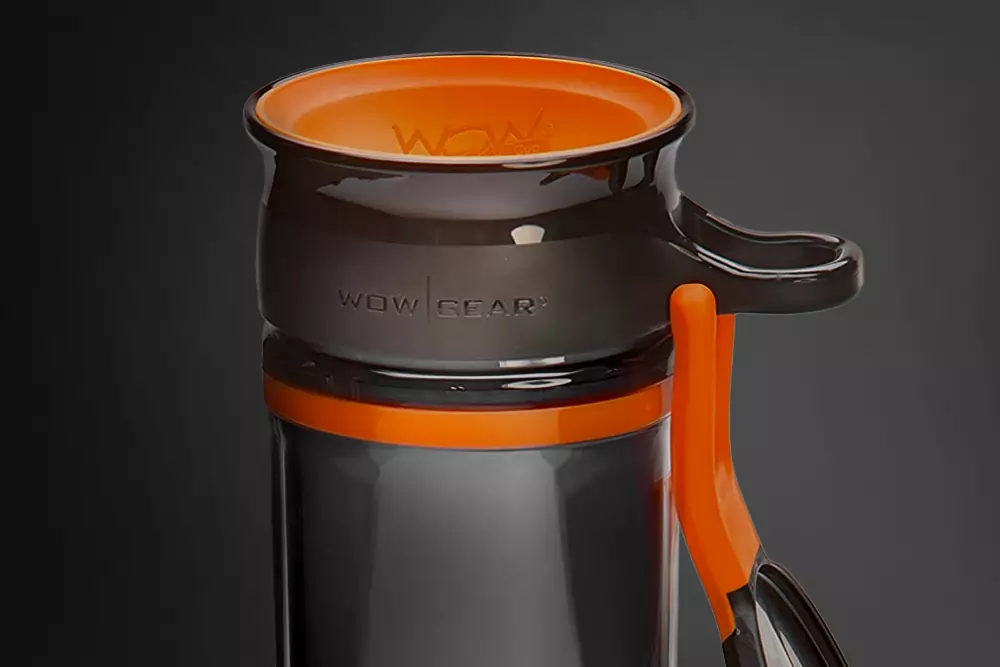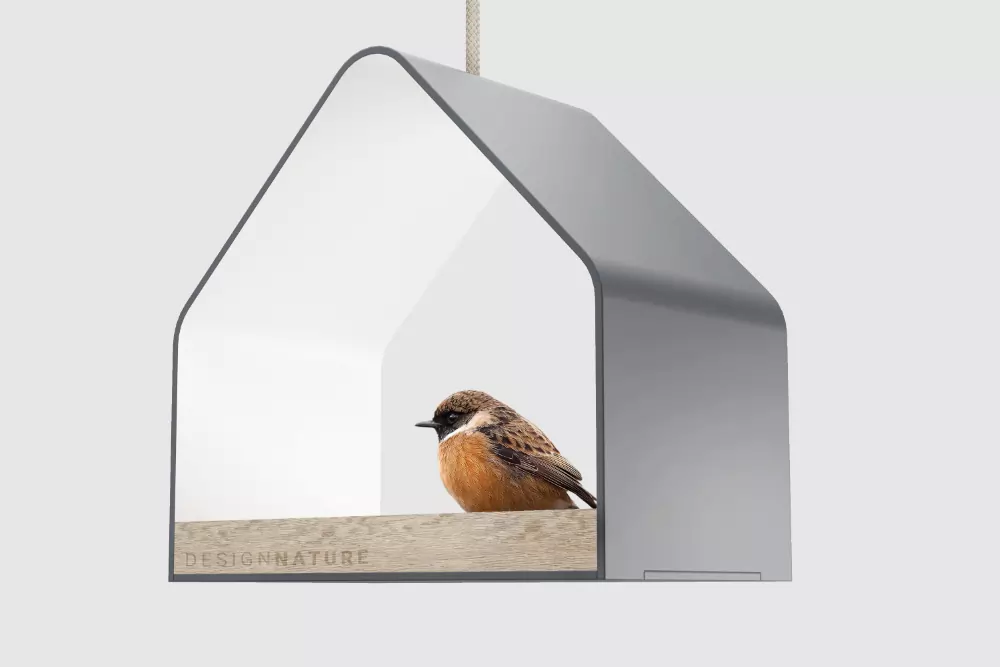Consumer Product Design: Designing Products that Consumers Love and Remember
Consumer Electronics
Consumer electronics and smart devices have become increasingly popular. Design for consumer electronics requires a blend of commercial awareness, consumer trends, branding, electronics integration, and design for manufacturing.
Home, Garden, & Luxury
Living patterns and activities guide successful product design for home and garden products. Interior design can also heavily influence certain home products. People are proud of their homes and want to add products that suit their home and function.
Child, Baby, & Education
Product development for children and babies requires a good comprehension of how the product will be used. This can help identify potential risks while maximising fun, learning, or comfort, depending on the type of product.
Increasing Sales with Consumer Product Design
Consumer product design covers a wide range of categories. Understanding customer behaviour and desires in the relevant market is key. Applying targeted product design to fulfil these is one of the best ways to increase sales in the consumer sector.
What is Consumer Product Design?
Consumer brands face high competition, especially in some crowded market segments. Getting consumers to choose your product over a competitors can be a challenging task.
Some consumer categories are experiencing an influx of challenger brands and an increase in consumer willingness to try or adopt new or less established brands. Whether you’re a new brand or an established one, this puts increased pressure on the product offering and the importance of a memorable brand.
This is where consumer product design comes into play. Consumer product design generally aims to increase the likelihood that the consumer will choose your product over an alternative. In order to do this, it’s important that the product design company thoroughly understand the market and the consumer.
There are many ways to do this, the relevant way will depend on the category, product, and competition. Product design for consumer brands looks at the product’s market fit, user demographics, wants and needs, customer retention and attraction opportunities, and various other factors depending on the company’s aims.
Other areas product designers can provide help in are improving profit margins with value engineering, product strategy, and future product roadmaps. At Vivid Nine, we have years of experience helping consumer brands, from startups to established brands with large product portfolios.
The Power of Product Reviews: Increasing Consumer Confidence with Product Design
Consumers have more choice than ever in many product categories. Should you go with the well known brand or the new trendy product from a market challenger? Perhaps you know which brand you want, but there are too many colours to choose from.
This can lead to choice overload and delay decision making. Having more options can also lead to decreased satisfaction, lower confidence, and potential decision regret. In a crowded market, one way consumers look to improve their decision confidence is through product reviews. Whether these are existing customer reviews or industry expert reviews, both can heavily influence consumer decision making. Negative reviews can have a large impact on sales and purchase confidence.
Consumer product design aims to design products that the consumer will love and subsequently receive good reviews or a lack of negative reviews. One way of doing this is to analyse existing reviews. Analysing reviews can provide potential areas for improvement in an existing product or areas for improvement compared to a competitor’s product. While negative reviews can provide opportunities, positive ones can also highlight what people liked and features or areas to include or focus on.
Reviews are a great source of user research that shouldn’t be neglected. A design that considers existing reviews can have the best chance of receiving positive feedback and subsequently increasing decision confidence.
The Four Types of Consumer Product and Design Considerations for Each
Consumer products fall into four main categories: convenience products, shopping products, specialty products, and unsought products. Each category relates to the psychology and buying behavior of the consumer. Misunderstanding the category and purchase environment of the product during the design phase can negatively impact sales and result in missed opportunities.
In each category, the decision process varies greatly and is influenced by various factors. In certain categories, product sales are greatly influenced by marketing post product design. If the design hasn’t considered the user and their purchase scenario, opportunities for marketing may be limited, forcing the marketing team to focus on areas that may provide limited results.
Consideration during the product design process can provide opportunities for the marketing team and positively influence purchase behaviour.
Expand to read more about the four main types of consumer
Design for Convenience Products/Fast Moving Consumer Goods (FMCG)
FMCG products normally serve an immediate need by the consumer. This covers everyday items that are bought regularly. Purchase considerations in this category are generally the shortest of the four. These types of products will often be sold in non speciality shops and may be placed or shown alongside multiple other options of competing products and brands.
Because the decision process is short, product design for FMCG focuses on gaining attention in a crowded market. Standing out from competitors visually and communicating the product offering clearly, concisely, and in the quickest time are essential in this category. Colour psychology and association can play an important role, as can finding the balance between information and clarity. Empathising with the consumer and what they are looking for can help focus the product message and reduce unnecessary information.
While sustainability is important for all product categories, due to the potential shorter lifespan of FMCG products, design for sustainability is important to minimise the impact on the environment any product may have.
Examples of FMCG include:
Packaged foods, cosmetics, toiletries, cleaning products, beverages, and stationary.
Design for Shopping Products
Shopping products are products that are infrequently purchased and generally have a more considered purchase process compared to a FMCG product. Shopping products may be sold through specific outlets or sales channels, where the buyer has a specific purchase intent or is looking for a specific type of product.
Due to the increase in purchase consideration, the design of shopping products should focus more on functionality and features compared to a FMCG product that aims to gain attention quickly. Shopping products have the benefit of keeping consumers attention for longer and can subsequently convey more information or reduce the need for a design that shouts. Shopping products are generally more expensive than FMCG products, which can increase the desire of the consumer to get the best perceived value out of their purchase. Design for shopping products can also focus more on durability, as the products will typically have a longer lifespan.
Examples of shopping products:
Electronics, furniture, clothes, kitchen utensils, and sports equipment.
Design for Speciality Products
Speciality products are products that are heavily considered from a purchase perspective, however, the consumer may consider fewer alternatives or be focused on a specific brand. Luxury products are good examples of specialty products. The purchasing psychology will be very different from a FMCG or shopping product.
Designing specialty products focuses on value perception. Value for speciality products will mean different things for different consumers and products. For luxury products, status may be the value point for the consumer, for some, it may be quality, and others may value a specific feature or features. As with other categories, psychology greatly influences choice, and understanding the different psychology in each category is what creates a successful product.
Examples of speciality products:
Perfumes, designer clothes, luxury cars, watches, jewelry, and cameras.
Design for Unsought Products
Unsought goods can fall into a few subcategories. The first are products that are purchased only in a specific scenario to fill an unexpected need. Secondly, products that the consumer doesn’t make an effort to buy but may require, and lastly, products that are completely new or do something different that consumers don’t know exist yet.
As an example during the COVID pandemic, many people found the sudden need to buy face masks. This is a good example of an unsought product, it’s something that people bought as a reaction to an event rather than a planned purchase. It was also a purchase that people didn’t necessarily want to make. Another example is a blocked sink, which requires the reactive purchase of a plunger or sink unblocking fluid to solve the issue.
A smoke detector is another example. It’s not a purchase most people are excited about or plan in advance, but it’s a necessity. Designing for unsought necessity products generally focuses heavily on the product’s features. Unsought necessity products are usually a tick box exercise from a feature perspective. The product must tick all the boxes of the required function, ideally in a better or easier to understand way than any competitor options. Price can also be a sensitive point for unsought products. A product that you don’t particularly want to buy but is a necessity can drive some consumers to purchase the cheapest option or the option that’s perceived as having the highest value for the price.
For unsought products that fall into the new or unknown category, the product design aims to provide the highest perceived value for the consumer to improve adoption rates.
Imagine you’ve come up with an idea for a new piece of exercise equipment. The equipment allows you to exercise in a new way that hasn’t been done before and provides benefits over other types of exercise. Everything looks great, and you’ve had positive feedback from people who’ve tried it. The problem is that although it’s a great new form of exercise, nobody knows it exists and subsequently doesn’t actively look for it or think about purchasing it.
The design and marketing are critical to a new, unsought product. The product design should aim to provide the highest perceived value for the consumer to help improve adoption rates. This involves understanding potential customers, their buying behaviors, and how they perceive value. The aesthetics can draw focus to certain areas to emphasise features, helping to highlight how to use the product. Marketing strategy and marketing material also need to be well considered to concisely communicate what the new product does and how it would benefit the user.
Examples of unsought products:
Smoke alarms, sink unblockers, health products, new innovations, and fire extinguishers.
Why is Product Design Important to Consumers?
In saturated markets, many consumer products struggle to stand out among competitors.
Product design is increasingly important in the retail sector in order to gain an edge over competitors. Established brands will attract the majority of consumers in most markets, leaving lesser known brands fighting to be seen in the crowd. Most consumers are at least somewhat brand loyal, provided they’ve had a good experience. This can be a problem for both established brands and newcomers. For established brands, making sure existing customers continue to have a good experience is essential to the longevity of the brand. For younger brands, there is increased pressure to come up with something different.
A product designed with innovative or unique features can create excitement and draw sales away from brands they may normally choose. Successful consumer product design looks at the overall market and seeks strategic opportunities for consumer satisfaction and excitement. At Vivid Nine, we use a variety of research methods, from competitor analysis to consumer demographics, to build an overall market analysis and design recommendations.
Consumers are 78% more likely to recall a brand’s colour than remember its name (43%)
What are the Three Keys to Increasing Sales?
Businesses live or die on sales. Both repeat and new sales are the lifeblood of a company and brand in the consumer industry.
Increasing sales can be a hard task, influenced by many factors. Making the wrong decision can cause sales to stagnate or, worse, decline. Additionally, competitors will jump on any opportunity to gain an advantage over you.
There are many things that influence sales, however, there are three key factors that are required to create a good foundation for a consumer brand. A strong and effective marketing strategy, good customer service, and a quality product. If anyone of these is substandard, it can damage any good work achieved by the others.
“A good reputation may get me to try a product, but unless I come to trust the company behind the product, I will soon stop buying it” 67% agree
The Importance of CMF (Colour, Material, & Finish) for Consumer Product Design
Consumer product design differs from other fields, like industrial and medical, in that quite often companies offer multiple finish and colour options. People want consumer products to fit with their personal style and preferences. Toasters are a good example, most brands will offer a range of colours to suit different interior styles. A brand may offer a red, black, or white one, and people will choose what looks best in their kitchen.
Whether you sell one product style or multiple options, choosing the right CMF scheme or schemes is essential to increasing sales conversion. A consumer may love the features and functionality of your product, but if it doesn’t suit their taste, it can cause indecision and potentially drive them to competitor products. Creating a lot of options to suit a range of customers may seem like a good idea, however, this can cause issues of indecision caused by too much choice. More options can also increase stock and manufacturing costs. There is a fine balance between not having enough options and having too many. Getting the balance wrong can incur greater costs or reduce sales.
Knowing your customer demographic will help build a picture of users and their style preferences. The resulting data can then be used to create a range of optimised CMF options that suit your users demographics. At Vivid Nine, we work with you to create a range of user profiles based on a range of research techniques and generate potential colour schemes for each. If you plan to only have one option, we’ll look at the full range of users and propose options that will be suitable for most.
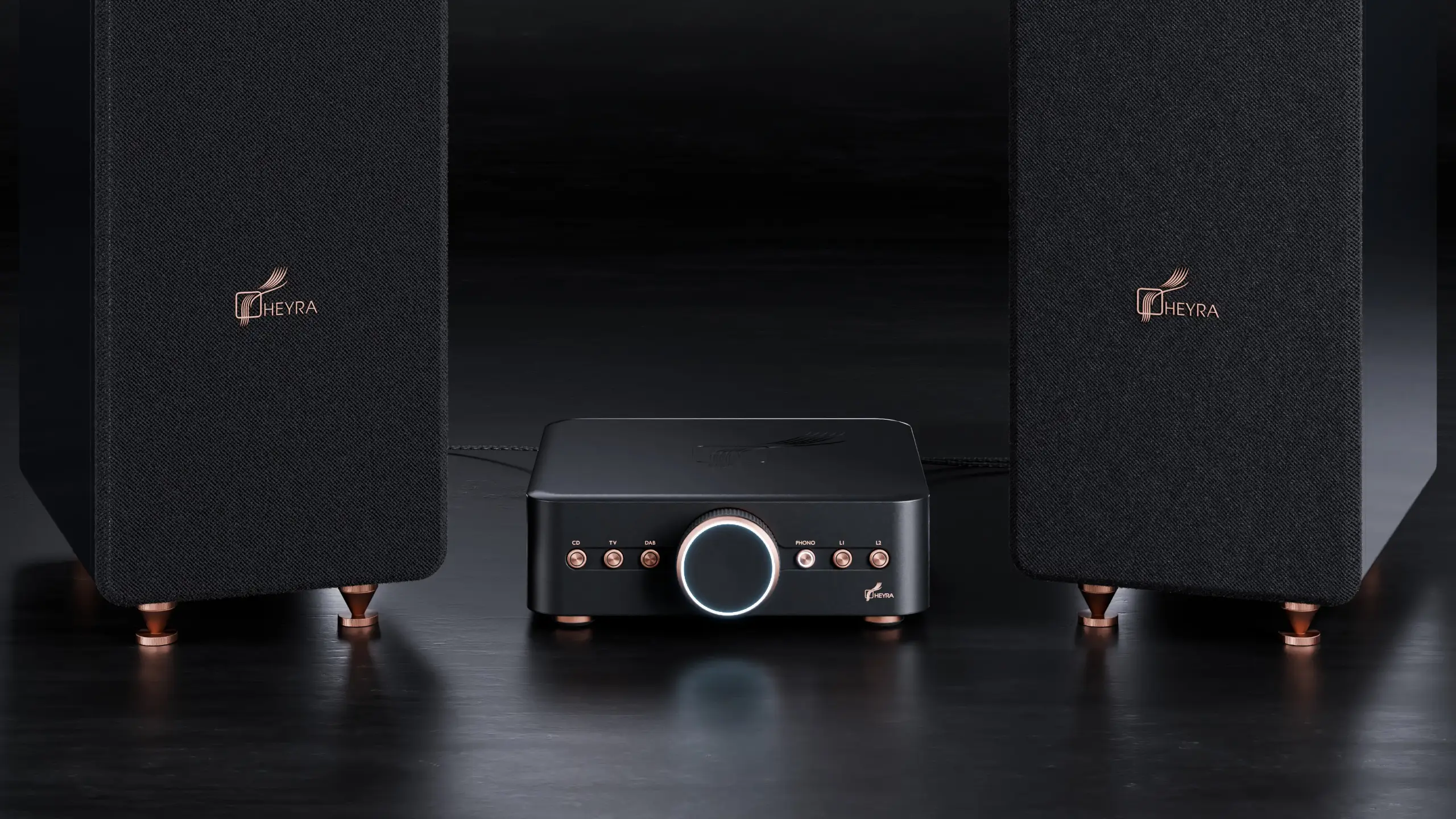
Selection of consumer product clients our team of product designers has worked with.
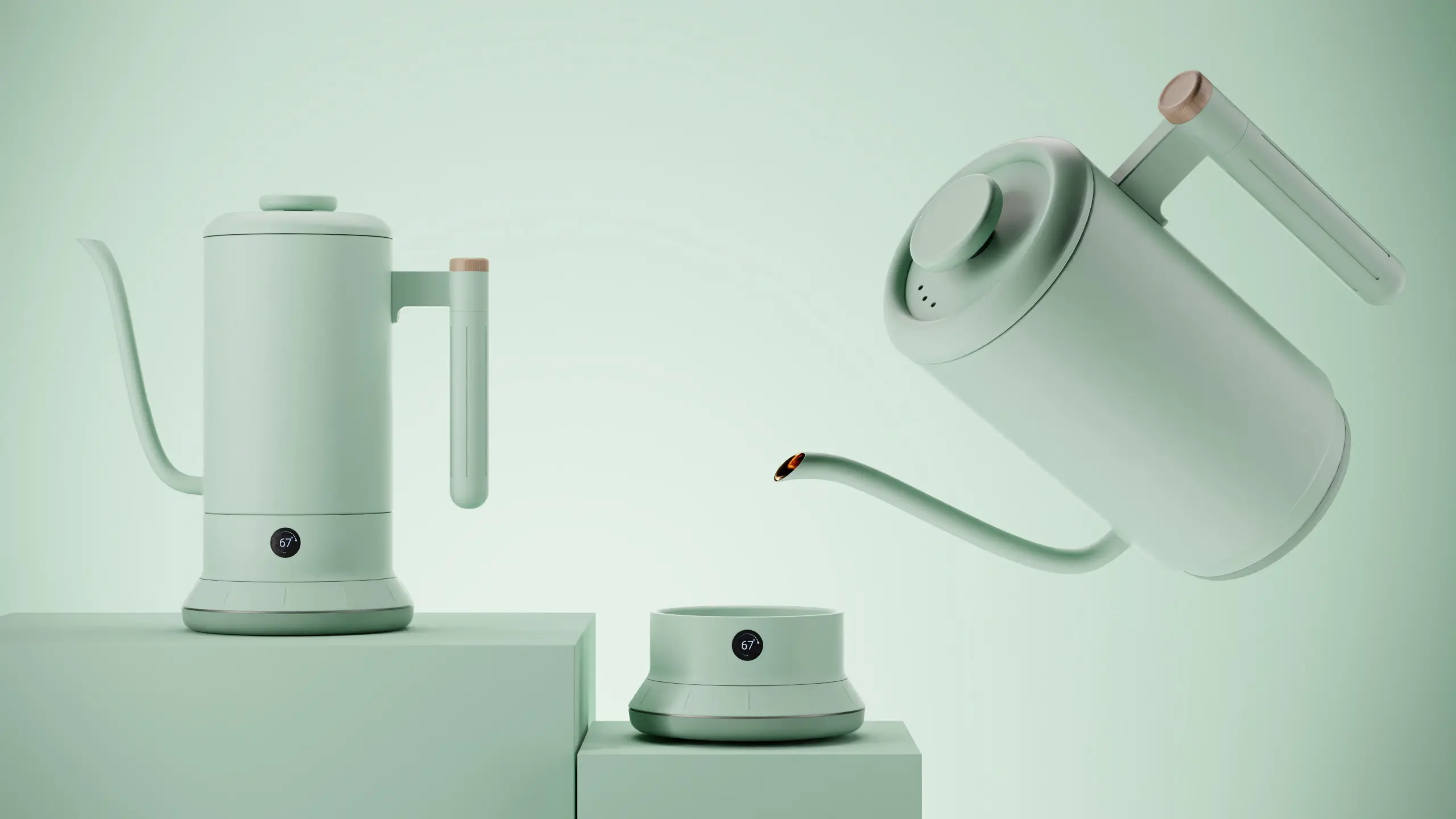
Consumer Products Design Case Studies
A selection of our consumer product design work.
